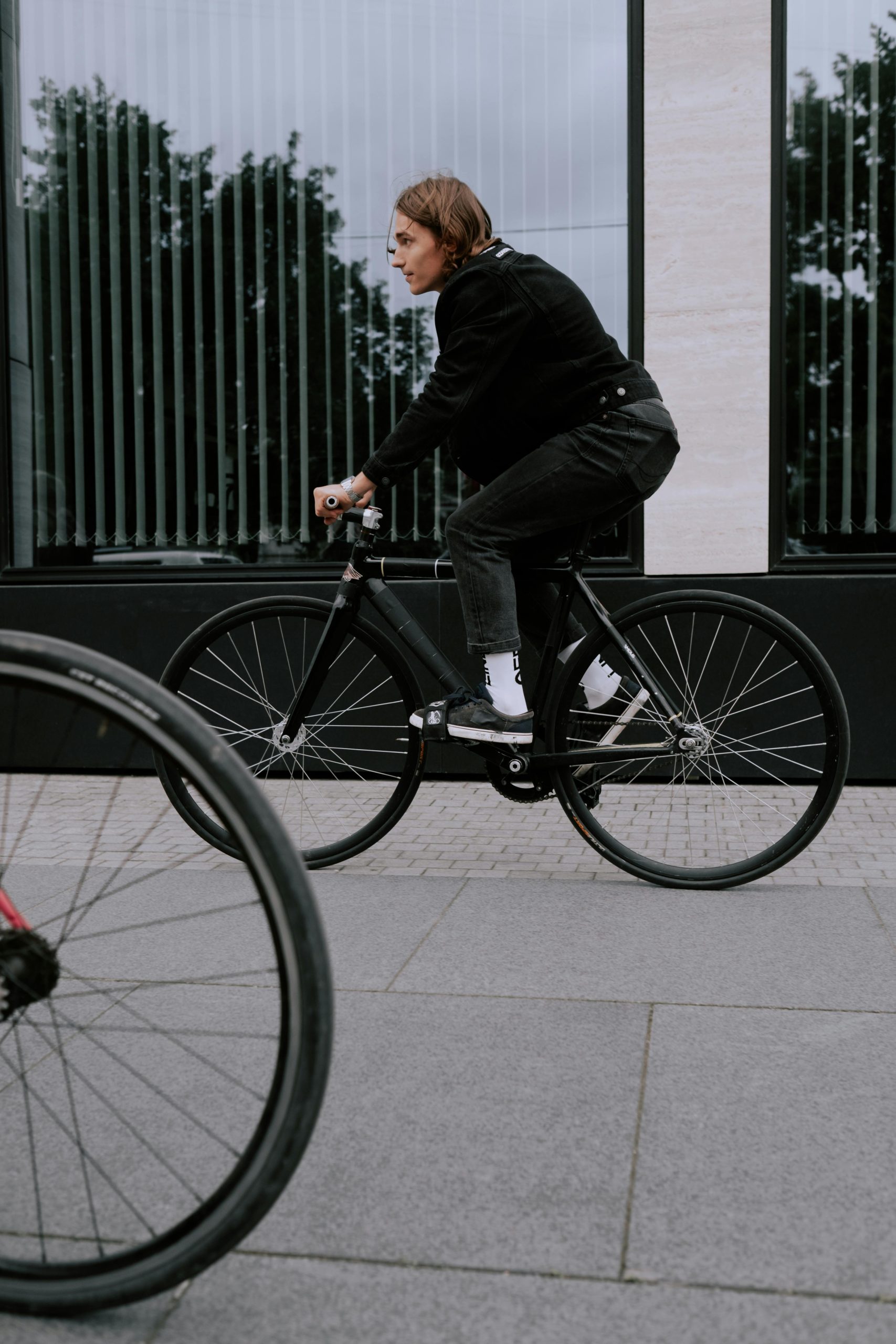Choosing a premium road bike transforms every ride into a seamless blend of speed, comfort, and precision. From lightweight carbon frames to tailored designs for men and women, these bikes unlock new levels of performance for both casual cyclists and racers. Understanding features like frame size, gear systems, and tire pressure helps you select the right model to match your riding style and goals.
Essential Information for Choosing the Right Road Bike
Understanding the many options for a road bike in Dubai is key to making an informed choice. The city’s cycling scene features racing bikes, endurance road bikes, lightweight models, and fixies—each suited to different riding styles. Racing bikes focus on speed and efficient aerodynamics, best for competitive events or those seeking top performance. Endurance bikes are built for comfort on long rides and feature wider tires with a more relaxed frame geometry, helping reduce fatigue. For everyday speed, lightweight bikes offer nimble handling and easy climbing, and fixies stand out for their simple, maintenance-light design—ideal for city commutes.
Additional reading : Enhance your ride: how optimal foot peg placement can minimize fatigue on long uk journeys
A professional bike fitting is strongly encouraged, as it ensures optimal comfort, maximizes pedaling efficiency, and minimizes the risk of injury. Correct frame sizing depends on your height, inseam, and riding goals. Both men’s and women’s models are available, addressing fit differences such as shorter top tubes or narrower handlebars for better ergonomics.
Choosing between carbon fiber frames and aluminum frame road bikes will affect the bike’s overall feel. Carbon fiber is prized for its lightweight, vibration-absorbing qualities and premium ride, while aluminum offers durability at an accessible price. Selecting the right frame material can significantly impact your cycling experience.
Additional reading : Comprehensive guide to gps trackers: enhancing recovery of stolen sports bikes across the uk
Key Features and Components That Define a Premium Road Bike
Aerodynamic Frame Designs and Their Impact on Speed and Handling
Modern aerodynamic cycling equipment gives riders a tangible edge, particularly at higher speeds where air resistance matters most. High-performance bike frames—especially those crafted from carbon fiber—are shaped to minimize drag, helping cyclists maintain momentum with less effort. Frame geometry, tube shapes, and integrated routing all play key roles. The reduction in wind resistance with aerodynamic cycling equipment can lead to significant improvements during sprints and races, making these bikes ideal for Dubai’s expansive, open roads.
Essential Component Upgrades: Shifter Types, Wheelsets, Brakes, and Pedals
Gear shifting mechanisms determine how efficiently a cyclist can adapt to changing terrain. Smooth, responsive shifting—whether through mechanical groupsets or electronic systems—means riders stay in their optimal cadence. The right wheel types for speed, including carbon wheel sets and those compatible with tubeless tires advantages, further enhance acceleration and handling. Selecting between disc brakes vs rim brakes is another major decision; disc brakes offer more consistent power across weather conditions.
Clipless pedal systems, paired with the correct cycling shoes compatibility, significantly increase pedaling power by allowing both push and pull motions.
Fit and Compatibility: Clipless Systems, Cycling Shoes, and Saddle Adjustments
Optimal fit starts with matching clipless pedal systems to your cycling shoes compatibility and adjusting saddle height precisely. Personalized setup ensures efficient power transfer and minimizes fatigue. Saddle adjustments tailored to your unique anatomy, combined with integrated aerodynamic helmets, foster both comfort and performance for long rides.
Practical Guide to Selecting and Maintaining Your Road Bike
Maintenance tips: cleaning, lubricating, and basic roadside repairs
Bike maintenance basics begin with regular cleaning and correct chain lubrication techniques to keep your ride smooth and efficient. Dirt and grime can accelerate wear, so use a gentle bike cleaner and a soft brush to clean the frame and drivetrain. Properly lubricate the chain by applying oil to each link, then wipe away excess to avoid attracting dust—this supports long-lasting performance for both carbon fiber and aluminum frame road bikes.
Always carry essential roadside bike repair tools such as tire levers, a multi-tool, and a spare tube or patch kit. These tools are vital for repairing punctures quickly, ensuring your ride isn’t cut short. Practicing these techniques at home helps build confidence in handling unexpected issues on the road and keeps high-performance bike frames functioning safely.
Getting the right fit: measuring frame size and adjusting saddle/handlebars
Correct road bike fit measurements elevate comfort and control. Stand over the bike to assess frame size, ensuring there’s adequate clearance. Fine-tune saddle height adjustments so your leg is nearly straight at the bottom of each pedal stroke—this minimizes fatigue and boosts power. Adjust the handlebar and saddle position to align with your body for optimal comfort during long endurance rides.
Tire pressure, tire types, and troubleshooting common bike issues
Tire pressure optimization is essential for performance and safety. Check your tire sidewall for the recommended range and adjust according to your weight and riding style. Choosing the right tires and learning to troubleshoot punctures or gear issues will prepare any cyclist for the demands of daily riding, group sessions, or races in 2025.
Enhancing Your Cycling Experience and Staying Safe
Safety must-haves: helmets, visibility accessories, and protective gear
Cycling safety essentials start with a properly fitted helmet. Following helmet fitting guidelines ensures your helmet sits snugly, covering the forehead, and remains secure without discomfort. For improved detection on the road, bike lighting for night rides—including front white and rear red lights—marks a must for all cyclists during low-light outings. Adding reflective gear for visibility, such as ankle straps and vests, significantly increases your presence to motorists and other cyclists. Durable gloves and padded shorts support both safety and comfort on long routes.
Clothing, hydration, and nutrition tips for all-weather and long-distance rides
Selecting the right cycling clothing materials—think moisture-wicking jerseys and padded shorts—is necessary to manage sweat and reduce rubbing. Invest in weather-resistant gear for rain or sudden gusts to stay dry and focused. For endurance, cycling hydration packs keep fluids within reach, allowing hands-free sips and steady performance. Combining these with road cycling nutrition tips like small, frequent energy-rich snacks supports sustained strength regardless of distance or climate.
Community, group rides, and resources for ongoing cycling improvement
Joining a cycling club provides connection, learning, and cycling club membership benefits from group insurance to organized rides. Practicing group riding etiquette—holding your line, using hand signals, and communicating hazards—sharpens skill and builds trust. Access to local resources, guided training, and peer support turns the road cycling journey into a safer and more rewarding adventure.





